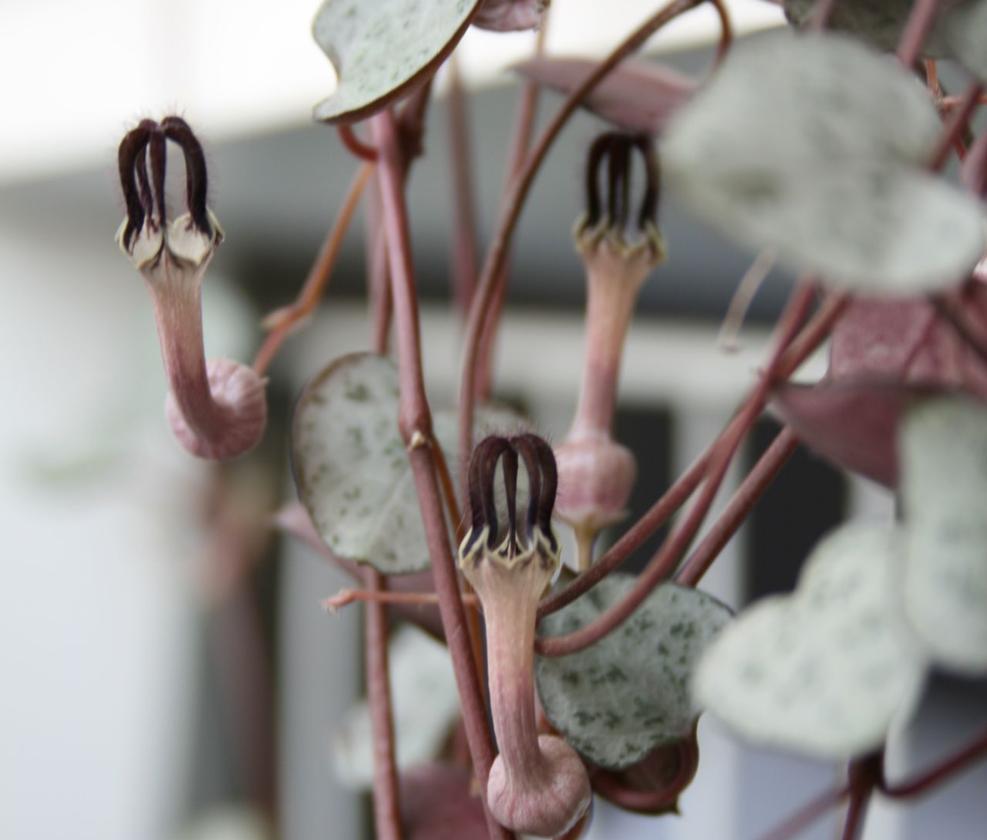Recommended for your garden in the south of Spain: String-of-hearts
Ceropegia woodii has long trailing stems between two to four metres long and dainty, greyish, heart-shaped leaves
Denise Bush
Malaga
Friday, 14 February 2025, 12:47
Ceropegia woodii is native to South Africa and Zimbabwe. It is a succulent plant (although it may not appear to be) in the Apocynaceae or dogbane family and has long trailing stems between two to four metres long and dainty, greyish, heart-shaped leaves. Each leaf is mottled with dark green and the underside often has a pinkish tinge.
An established plant getting plenty of indirect sunlight will flower, producing strange, tubular, pink flowers. As it is a succulent, it needs a free-draining compost and be allowed to dry out between waterings, much like a cactus. It will develop tuberous roots which store water for times of drought . During the winter, irrigation can be stopped completely.
Common names include string-of-hearts, lantern flower, parasol flower, parachute flower, bushman's pipe, snake creeper, wine-glass vine, rosary vine and necklace vine.
The name Ceropegia comes from the Greek word 'keropegion', meaning candelabrum, as the flowers are said to resemble a candelabra or lampstand.
It will withstand dry, hot climates but not direct sunlight which may scorch the leaves. The best location would be where it has some shade on summer afternoons.
It needs very little care; feeding twice a year in spring and summer when it is actively growing will keep it thriving.
Ceropegia woodii can be propagated by layering or cuttings. Layering is the easiest as, after flowering, tiny aerial tubers form on the stems which, when draped across a pot of soil, will root where they touch the surface. Once firmly anchored, the main stem can be cut to separate it from the main plant. It can also be propagated by cuttings placed in water but can be very difficult to root.
